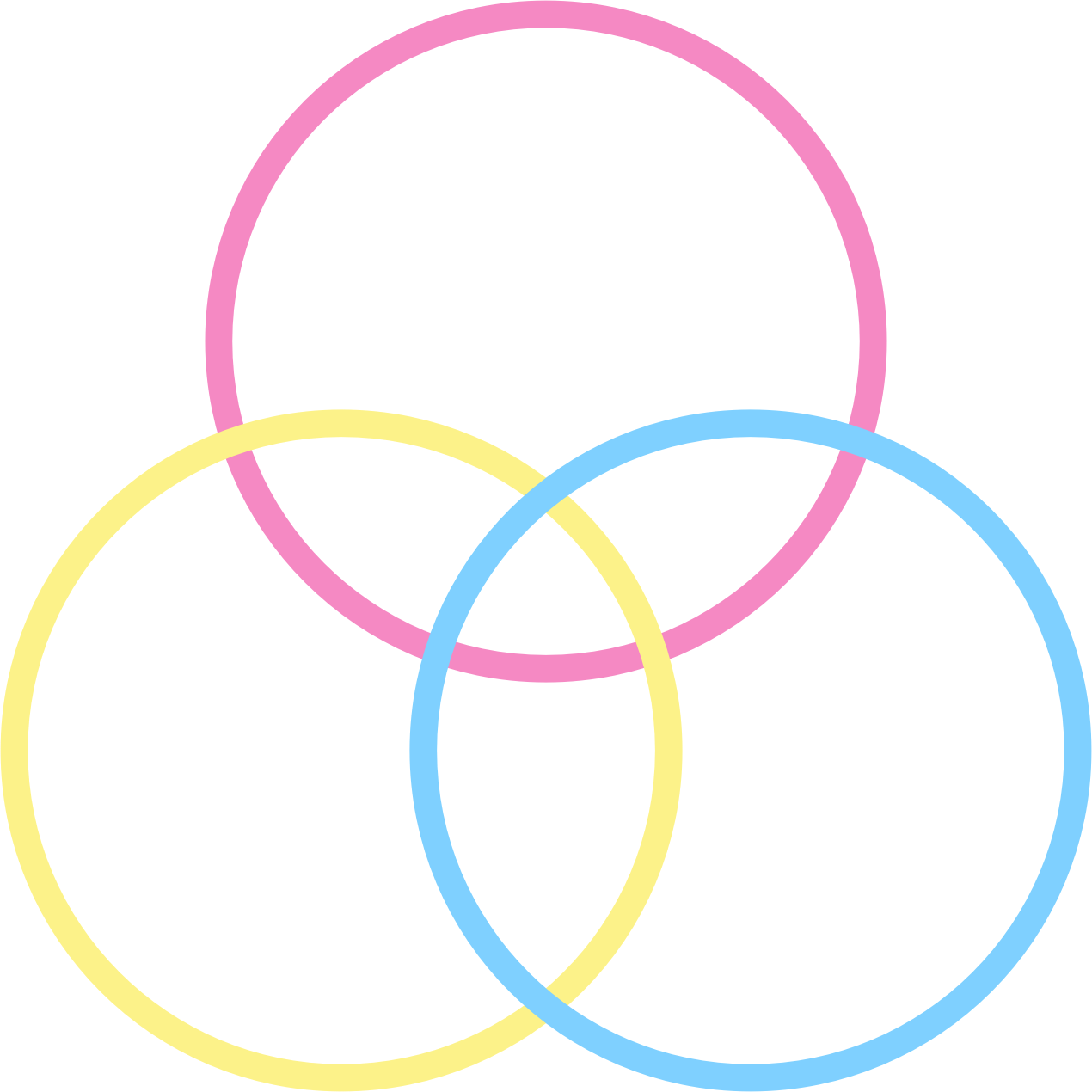

18 Nov 2019 in okrs,
I now read Measure what matters beyond the first chapter. Although the thinking that I detailed in my previous post on OKRs (How I Define OKRS) still holds true, I now understand better how I can use a combination of leading and lagging indicators in the Key Results.
Of course this is still my interpretation, John Doerr doesn’t specifically talk about leading vs. lagging indicators. However he does talk about setting a combination of inputs and outputs in order to maintain quality while focusing on as quantity/speed. The way he suggests to do that is to set pairs of KRs that measure effect and counter-effect. I think this is similar to the leading and lagging paradigm. The lagging measurements are indicators of quality. e.g. in my example, the number of screening interviews are a measure of the quality of the applications I send in. While the amount of job offers is the ultimate measure of the quality of the whole process.
Still, you could argue that not all offers are created equal, therefore setting a specific quality measurement for the offers could make sense. However, I chose not to do that, because the amount of offers will always be a lagging indicator. I believe the process of finding a job to be relatively self-selecting anyway: I probably won’t go through the whole funnel of interviews, stay excited and perform if the job is not truly interesting. And if the job is interesting, then most likely I’ll be able to negotiate an offer that satisfies my needs.
Looking back at the OKR I previously defined, I need to revisit again. Because I’m the only one working on these OKRs I have the luxury of not having the communication overhead when changing them. So I’m just going to, once again, change them. What I do think is interesting to note is that the goals didn’t change. Just the formulation became sharper, making it easier for me to keep track.
I will split up the objective; on the one side to get a normal, but exciting job, while on the other side working on startup ideas. I realized that combining those is confusing.
My ‘job-objective’ is to have the possibility to start my dreamjob in January 2020. My dreamjob has the following characteristics:
→ Received multiple offers for dreamjobs that I can start early 2020.
The way the KRs above are formulated basically the first three are inputs, these are things that I can actively work on. The thought being that if I discuss my situation with 50 people, that will naturally lead to relevant connections, that lead to potential jobs. More directly sending out 30 applications will lead to screening interviews (unless I do a really poor job). While preparing those 20 questions will lead to being better in the interviews, and thus increase the likelihood that the interviews will lead to offers.
I’m playing with the idea to start my own company, I think the time is ripe to do that, though there’s also reasons not to. But maybe that is food for another post. Similar to my dreamjob, the characteristics of the company need to fit, most of all it will be a company that is mission driven, with strong core values and a good team. I think that is more important than the actual idea that the company will work on. Yet that idea is important as well of course. Therefore my startup objective is to have developed a thesis plan that makes me itch so much I can’t not start it.
→ Developed a thesis plan that makes me itch so much I can’t not start it.
For this objective the i/o is a little bit different, it’s rather the funnel of developing ideas in further detail. So the iterations that I can go through. Except for the validation of the assumptions, everything else is in my control. I still think this makes sense for the Q4 period, while taking this further next quarter would focus a bit more on outputs (like getting first customers, getting revenue, investment, etc.).